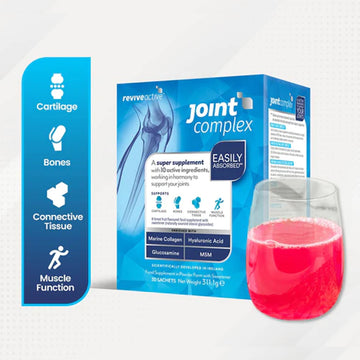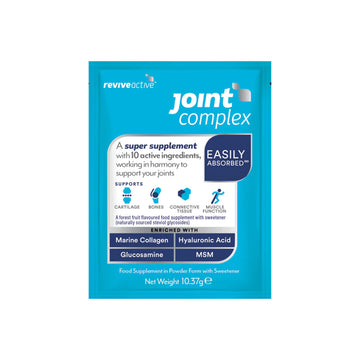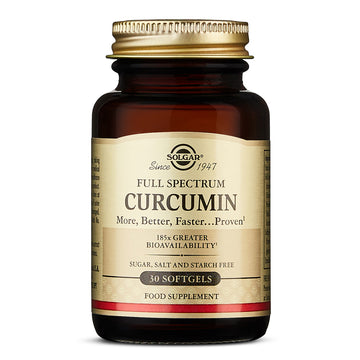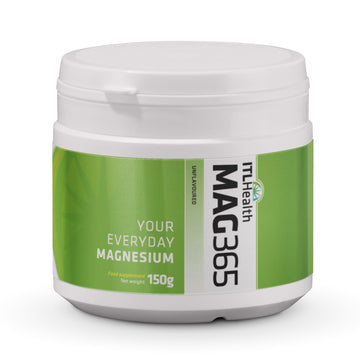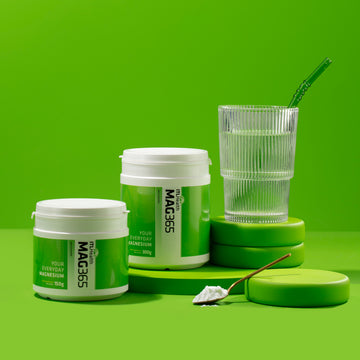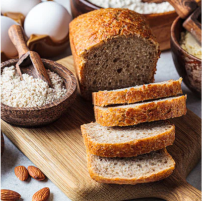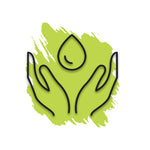Everyday we challenge our bodies with a range of tasks including exercising, walking, lifting and general movement. These things are second nature to us and we often don't give them much thought. But it's only natural this continual weight bearing pressure on the joints is going to result in some wear and tear. For some of us it can become debilitating and can prevent us from doing even basic daily tasks. Several joint conditions pop up in store time and time again. So today we're sharing a few of the most common joint complaints and how to treat them.
The Most Common Joint Complaints
There are some common joint complaints that pop up time and time again here in Evergreen. Here's how to treat common joint complaints osteoarthritis, gout and lower back pain and sciatica.
Osteoarthritis
One of the most common problems we hear regularly in store is called osteoarthritis. Customers often refer to osteoarthritis by other names like 'degenerative joint disease,' or 'wear-and-tear arthritis’.
Symptoms
Most people are likely to experience some level of pain and some degree of joint mobility issues. The main symptoms are stiff and painful joints. The pain tends to be worse while exercising the joint and at the end of the day, joints may appear swollen. This condition develops over time and is due to continual wear and tear of our joints. This can be from heavy lifting, weight bearing exercise like running and team sports as well as degenerating of joint health as we age.
How to Treat:
Joint pain and stiffness, together with loss of range of motion, can mean early signs of osteoarthritis. Osteoarthritis cannot be cured, but an early diagnosis can help slow its progression and a lot can be done to ease the symptoms. If you lead an active lifestyle and engage in exercise regularly, you should look to maintain good joint health.
There are a number of raw materials that we supplement the body with in order to support the integrity of the joint and slow down further damage to the joints. These include Glucosamine, MSM, Hyaluronic Acid, Collagen and Omega 3 Oils.
Product Recommendations:
Read about how herbs can help with joint health here.
Gout
Gout is another of our common joint complaints here in Evergreen. It is a kind of arthritis. It's commonly known to affect the big toe, but it can develop in any joint in the body. The symptoms of gout include painful swelling and inflammation in one or more of the joints.
What causes Gout?
Gout is caused by the high levels of uric acid. This can occur as a result of eating foods high in chemicals called purines. When the human body breaks down purines it produces uric acid. Those who are prone to gout will find that their body may be producing too much uric acid or their kidneys may not be excreting enough uric acid and causing a build-up in the body.
As the uric acid levels build-up, it begins to collect in the joints and crystallises into sharp needle-like, urate crystals. They accumulate in the joints or surrounding tissue and cause pain, inflammation and swelling. When too many purine-rich foods are consumed, uric acid levels rise which leads to the formation of uric acid crystals around the joints.
How to Treat:
Try to reduce or eliminate foods high in purines from your diet. Examples of foods high in purines include:
- Red meat
- Organ meats like kidneys, liver and sweetbreads
- Shellfish
- Gravy and meat extracts e.g. Oxo®, Bovril®
- Fructose sweetened soft drinks
- Sudden or dramatic changes in diet and weight gain/loss can be associated with gout attacks
Product Recommendations:
Lower Back Pain & Sciatica
Sciatica refers to pain that radiates along the path of the sciatic nerve. It branches from your lower back through your hips and buttocks and down each leg. Typically, sciatica affects only one side of your body but it can also be felt as a dull lower back pain. The level of pain can vary widely, from a mild ache to a sharp, burning sensation or excruciating pain.
What causes Sciatica & Lower Back Pain?
There are certain things that may exacerbate your lower back pain and increase incidences of your sciatica. These include bad posture, carrying excess weight and not engaging in some form of exercise regularly (ideally a low intensity, non-weight bearing exercise such as yoga, Pilates, swimming and cycling).
Wearing high heels regularly, sleeping on a soft mattress or sitting at a desk at work when it is not fitted correctly to your individual needs can also be responsible for back issues.
How to Treat:
The types of drugs that are most commonly prescribed for sciatica and lower back pain include: Anti-inflammatories and muscle relaxants. However, there are lots of home remedies and natural supplements that we can use to alleviate and prevent the symptoms of sciatica and lower back pain.
Product Recommendations:
Please note, this blog is for informational purposes only and should not replace medical advice.
It’s always best to consult your doctor before taking any new supplements, treatments or remedies if you are pregnant, breastfeeding or on medication.
Checked and updated: 3 September 2021



